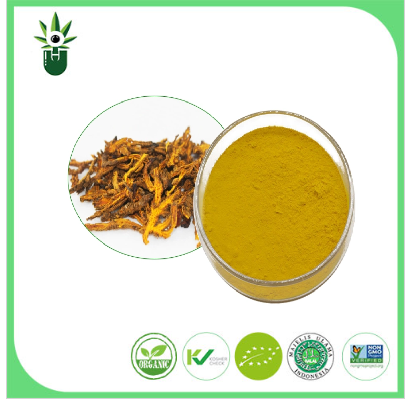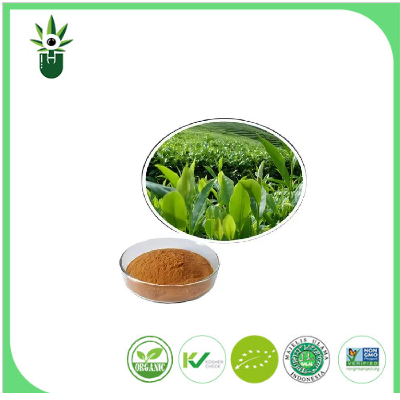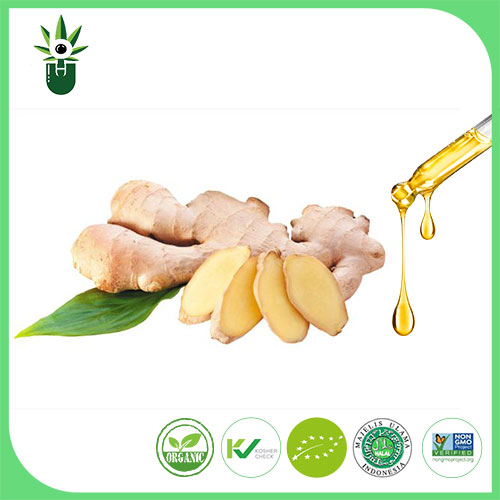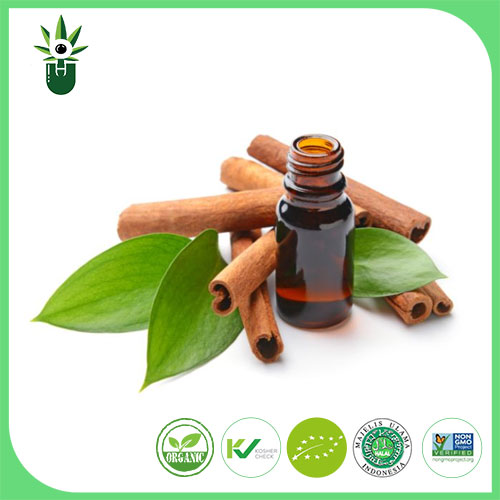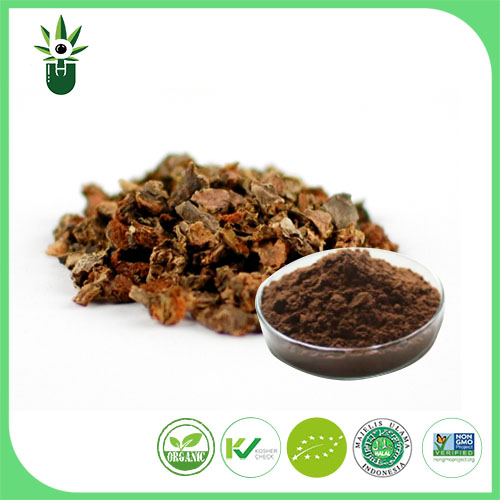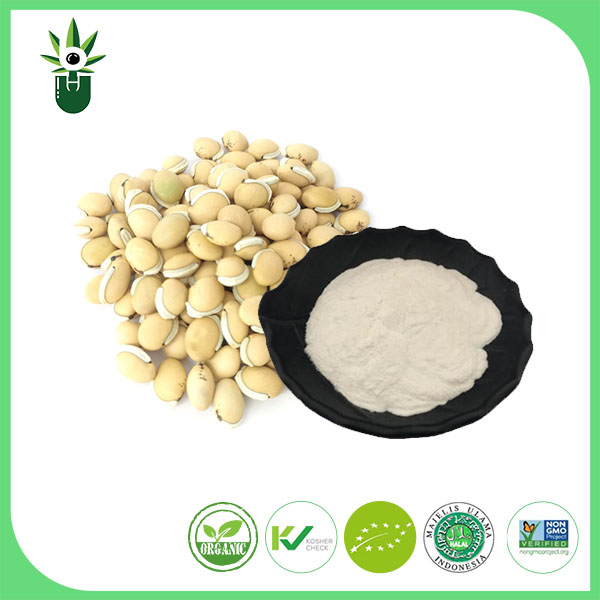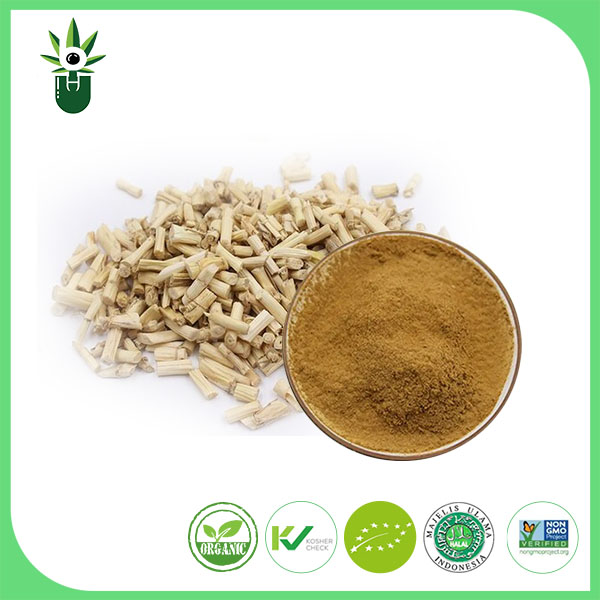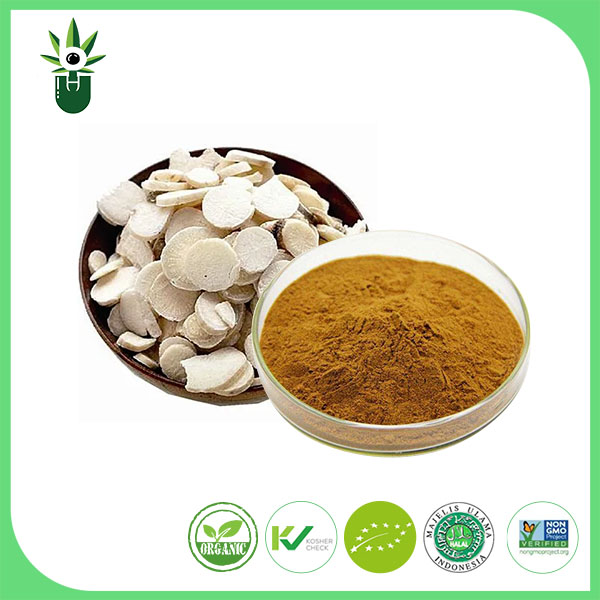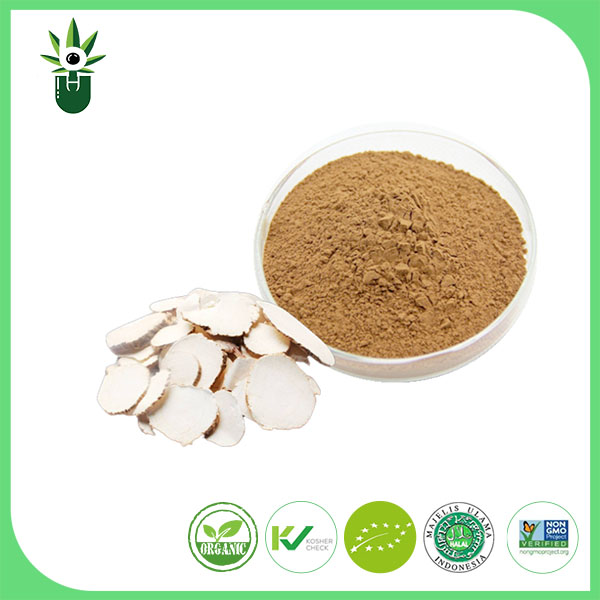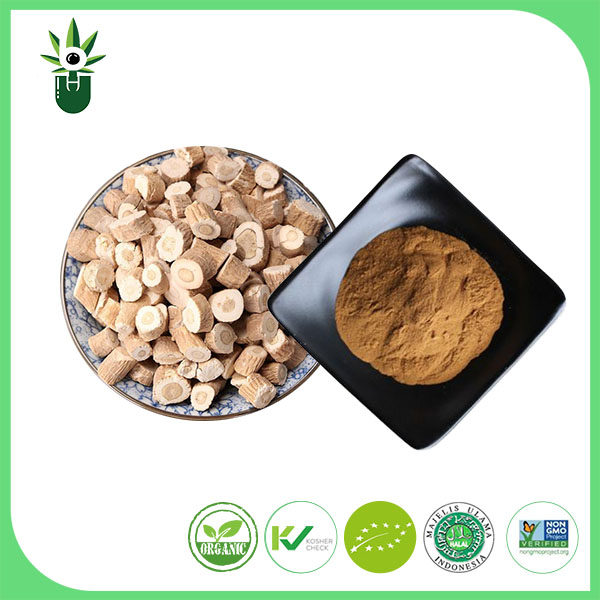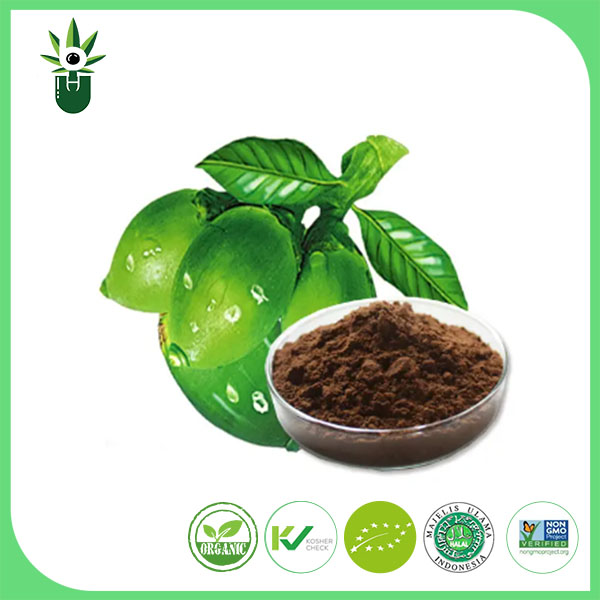
- English
- Español
- Português
- русский
- Français
- 日本語
- Deutsch
- tiếng Việt
- Italiano
- Nederlands
- ภาษาไทย
- Polski
- 한국어
- Svenska
- magyar
- Malay
- বাংলা ভাষার
- Dansk
- Suomi
- हिन्दी
- Pilipino
- Türkçe
- Gaeilge
- العربية
- Indonesia
- Norsk
- تمل
- český
- ελληνικά
- український
- Javanese
- فارسی
- தமிழ்
- తెలుగు
- नेपाली
- Burmese
- български
- ລາວ
- Latine
- Қазақша
- Euskal
- Azərbaycan
- Slovenský jazyk
- Македонски
- Lietuvos
- Eesti Keel
- Română
- Slovenski
- मराठी
- Srpski језик
Rhodiola Rosea Extract
Rhodiola Rosea, a traditional Chinese medicine, is a tonic for deficiency. It is the dry root and rhizome of the Sedum family plant, Rhodiola grandiflora. Rhodiola rosea extract has the effects of nourishing qi, promoting blood circulation, unblocking meridians, and relieving asthma.
Send Inquiry
Rhodiola rosea (scientific name: Rhodiola rosea L.), also known as: Rhodiola rosea, Saul Mabel (hidden name), etc.; is a perennial herbaceous plant, 10-20 cm high. The root is stout, conical, fleshy, brown, with many fibrous roots on the root neck. The rhizome is short, thick, cylindrical, and covered with many scale-like leaves arranged in an imbricate shape. It grows in the cold and pollution-free zone at an altitude of 1800-2500 meters. Its growth environment is harsh, so it has strong vitality and special adaptability. It can be used for medicinal purposes. It can replenish qi and clear the lungs, nourish the mind and nourish the heart. It is a traditional Chinese medicine with a wide range of effects. It also has great cosmetic effects and can be used as skin care products and edible.
It is a rare wild plant that grows under forests or on grass slopes in alpine pollution-free zones at an altitude of 1800-2500 meters. It is mostly distributed in the alpine zones of the northern hemisphere. Due to its harsh growth environment, such as lack of oxygen, low temperature and dryness, strong winds, exposure to ultraviolet rays, and large temperature differences between day and night, it has strong vitality and special adaptability.
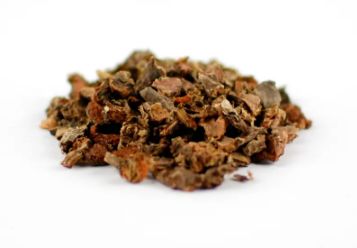

Product introduction
|
Product name |
Rhodiola rosea extract |
|
Source |
Rhodiola rosae L. |
|
Extraction part |
root |
|
Specifications |
Luosaiwei (salidroside, Luosaiwei) 1%-5%; Rhodiola rosea saponins 1% ~ 5%; Total Rossev 7% |
|
Appearance |
Brown yellow powder |
Application
1. Medicine;
2. Cosmetics;
3. Health products.

